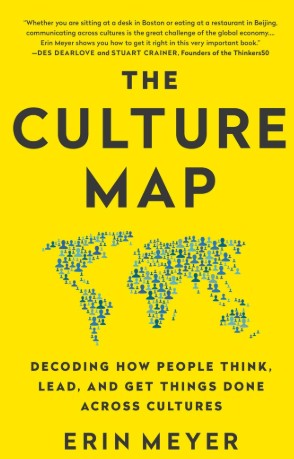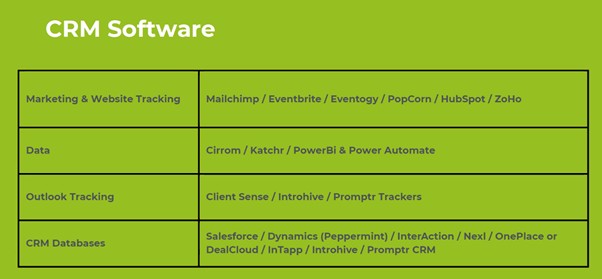I’ve just read and written a review (for Professional Marketing magazine) of “From products to customers to the human spirit: Marketing 3.0” by Philip Kotler, Hermawan Kartajaya, Iwan Setiawan. It suggests that Marketing 3.0 is where marketing has evolved from being product centric, to consumer centric to being focused on humankind. Lofty ideals indeed.
Early on it looks at the importance of social media (both expressive and collaborative forms) in being a key enabler in this massive shift in marketing.
Collaborative marketing is the first building block of Marketing 3.0 and this should have great resonance with the professions where we are seeing major corporations forge much closer partnerships with their professional advisers in terms of shared knowledge bases and the building of systems together.
Cultural marketing is the second building block of Marketing 3.0 addressing concerns and desires of global citizens – another key issue for the professions as we struggle with the challenge of balancing global reach and local connection.
The third force is the rise of creative society – right brainers who work in creative sectors such as science, art and professional services. Again, the professions – for so long used to leading the way – has started to adapt to the idea that consumers (both businesses and individuals) are more sophisticated and no longer passive recipients.
It explores these three changes that lead to Marketing 3.0 – Participation and Collaborative Marketing, Globalisation Paradox and Cultural Marketing and Age of Creative Society and Human Spirit Marketing and offers an interesting model:
From Product management (Four Ps – product, price, place, promotion) to Co-creation
From Customer management (Segmentation, targeting and positioning) to Communitization
From Brand management (Brand building) to character building
It suggests that Marketing 3.0 complements emotional marketing with human spirit marketing. Then it goes on to talk about how marketers must identify the anxieties and desires of the consumers to be able to target their minds, hearts and spirits. I get a bit nervous when marketers are charged with such important tasks and prefer to focus on the need to develop culturally relevant campaigns.
After a brief look at new approaches to innovation (cocreation with customers and suppliers) – which I found useful – it moves onto communitization and points to Seth Godin’s observation in “Tribes” that consumers want to be connected to other consumers more than companies. Strong support for the professions to engage in social media I thought.
There is an interesting exploration of Prahalad’s “The Fortune at the Bottom of the pyramid” and Hart’s “Capitalism at the crossroads” which identified the new potential of the poor as both a growing consumer market and a prominent lab for innovation. And as legal markets in the Western world mature, the idea that we look to the poorer segments is a good one and should provide some food for thought and, hopefully, real innovation.
In chapter four – marketing the values to employees – there are some helpful ideas around employee participation and internal marketing which is so often neglected in marketing texts. In particular, it refers to the studies by Erickson, Dychtwald and Morrison reveal six segments of employees:
– Low obligation and easy income seeking quick wins
– Flexible support goes with the flow don’t see job as a priority yet
– Risk and reward see jobs as opportunities to challenge and excite themselves
– Individual expertise and team success seeks jobs offering teamwork and collaboration
– Secure progress looks for a promising career path
– Expressive legacy looks for opportunities to create a lasting impact on the company
It also mentions McKinsey’s four types:
– Go with a winner (growth an achievement)
– Big risk big reward (good compensation)
– Lifestyle (flexibility) and
– Save the world (contribute to a great mission).
I liked the reminder that you should convince people by telling stories and engaging their emotions rather than providing data and engaging their intellect.
At the end there is a summary of the credos of Marketing 3.0 which are worth repeating:
Credo 1 – Love your customers, respect your competitors (Win their loyalty through giving them great value and touching their emotions and spirit)
Credo 2 – Be sensitive to change, be ready to transform
Credo 3 – Guard your name, be clear about who you are
Credo 4 – Customers are diverse; go first to those who can benefit most from you
Credo 5 – Always offer a good package at a fair price
Credo 6 – Always make yourself available, spread the good news
Credo 7 – Get your customers, keep and grow them (a CRM plug)
Credo 8 – Whatever your business, it is a service business
Credo 9 – Always refine your business process in terms of quality, cost and delivery
Credo 10 – Gather relevant information but use wisdom in making your final decision
The book is structured as follows:
Chapters:
Part I – Trends
1. Welcome to Marketing 3.01
2. Future Model for Marketing 3.0
Part II – Strategy
3. Marketing the mission to consumers
4. Marketing the values to employees
5. Marketing the values to channel partners
6. Marketing the vision to shareholders
Part III – Application
7. Delivering socio-cultural transformation
8. Creating emerging market entrepreneurs
9. Striving for environmental sustainability
10. Putting it all together








